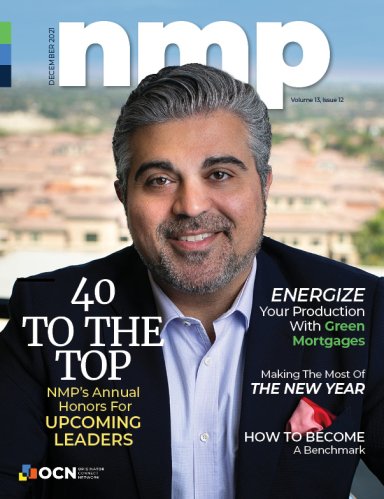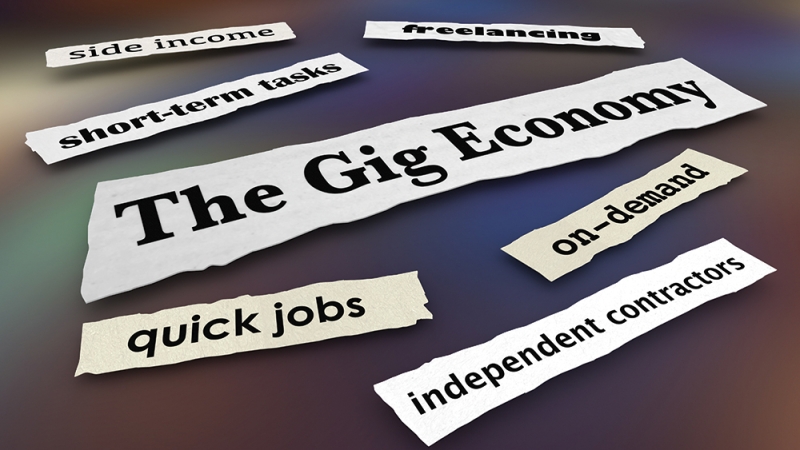Here’s a sobering statistic: Home owners spend a larger percentage of their incomes on energy costs than on property taxes or insurance.
That’s right. According to the U.S. Department of Energy, we spend 7.1 percent of our net incomes on energy vs. 4.8 percent on property taxes and 4.2 percent on homeowners insurance. Folks who earn less than $15,000 annually pay more than 15 percent of their energies for energy. Yet what do we complain about more? And which ones do we take into account when we apply for – or take an application for – a mortgage?
“It’s a real blind spot,” Madelina Salzman, a management and programs analyst in the DOE’s Building Technologies Office, said during a recent webinar hosted by the National Housing Conference in partnership with the Rocky Mountain Institute,
Here’s a couple of other numbers from DOE, figures which should set your antenna wiggling, especially if you are concerned with climate change: The nation’s 98 million single family houses represent 95 percent of all our buildings and account for 21 percent of our total energy use and omissions.
And finally two more big numbers: Half the country’s houses were built 40 or more years ago before there was ever any such things as energy codes. And our houses sustained $95 billion in extreme weather-related damage last year, with this year’s total expected to be even higher.












